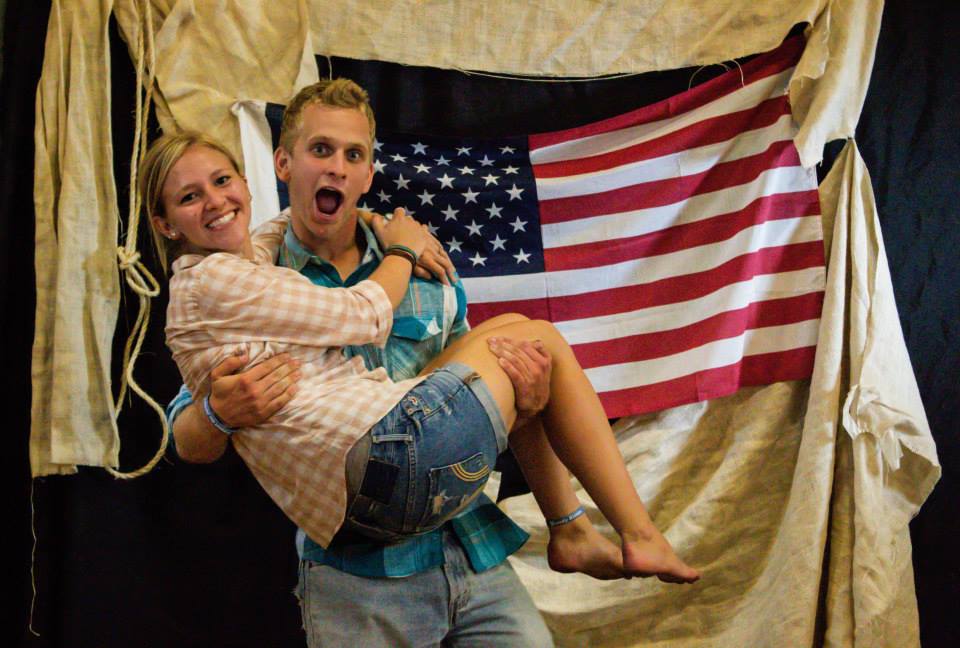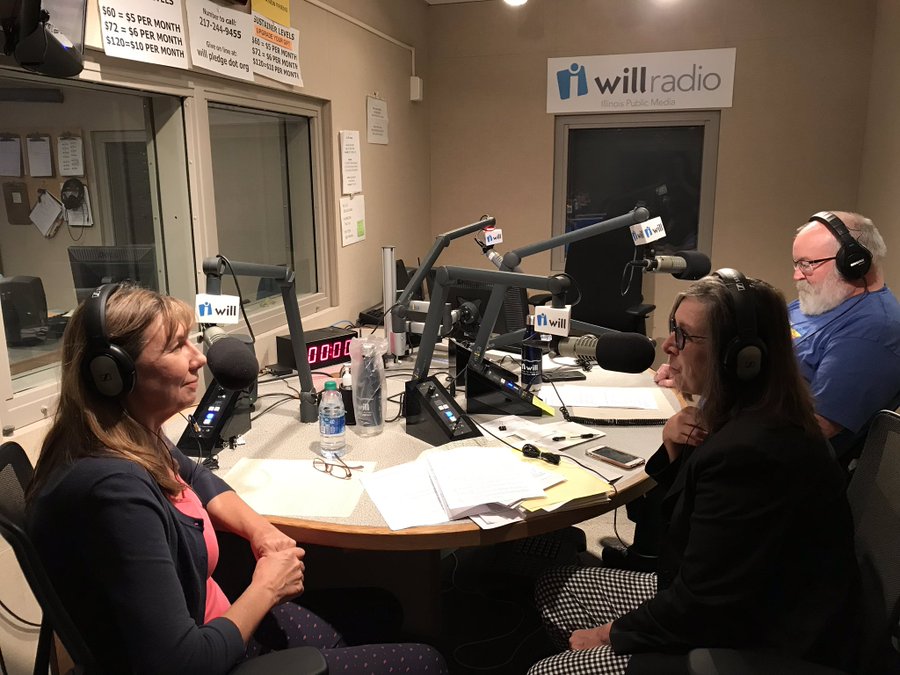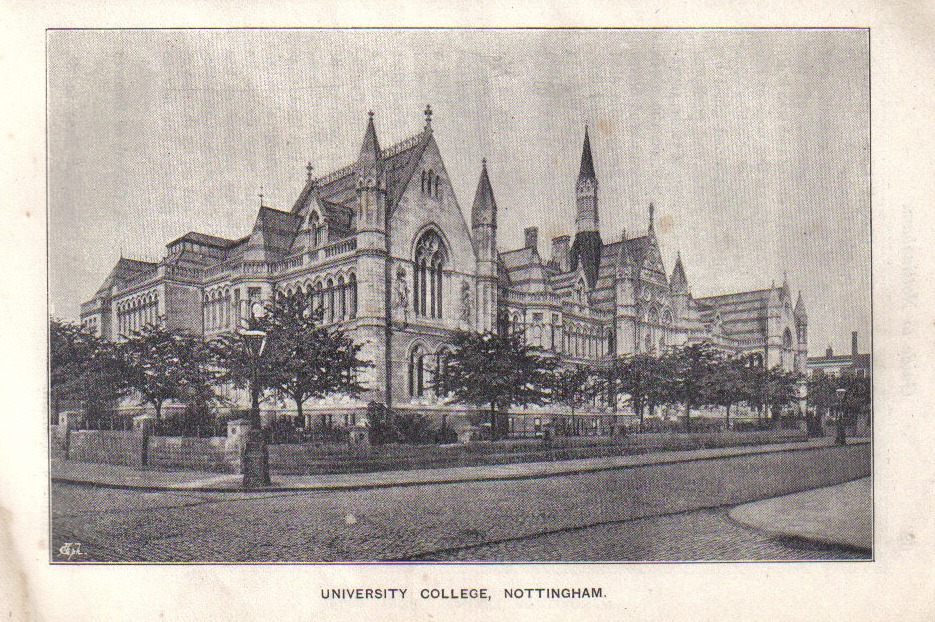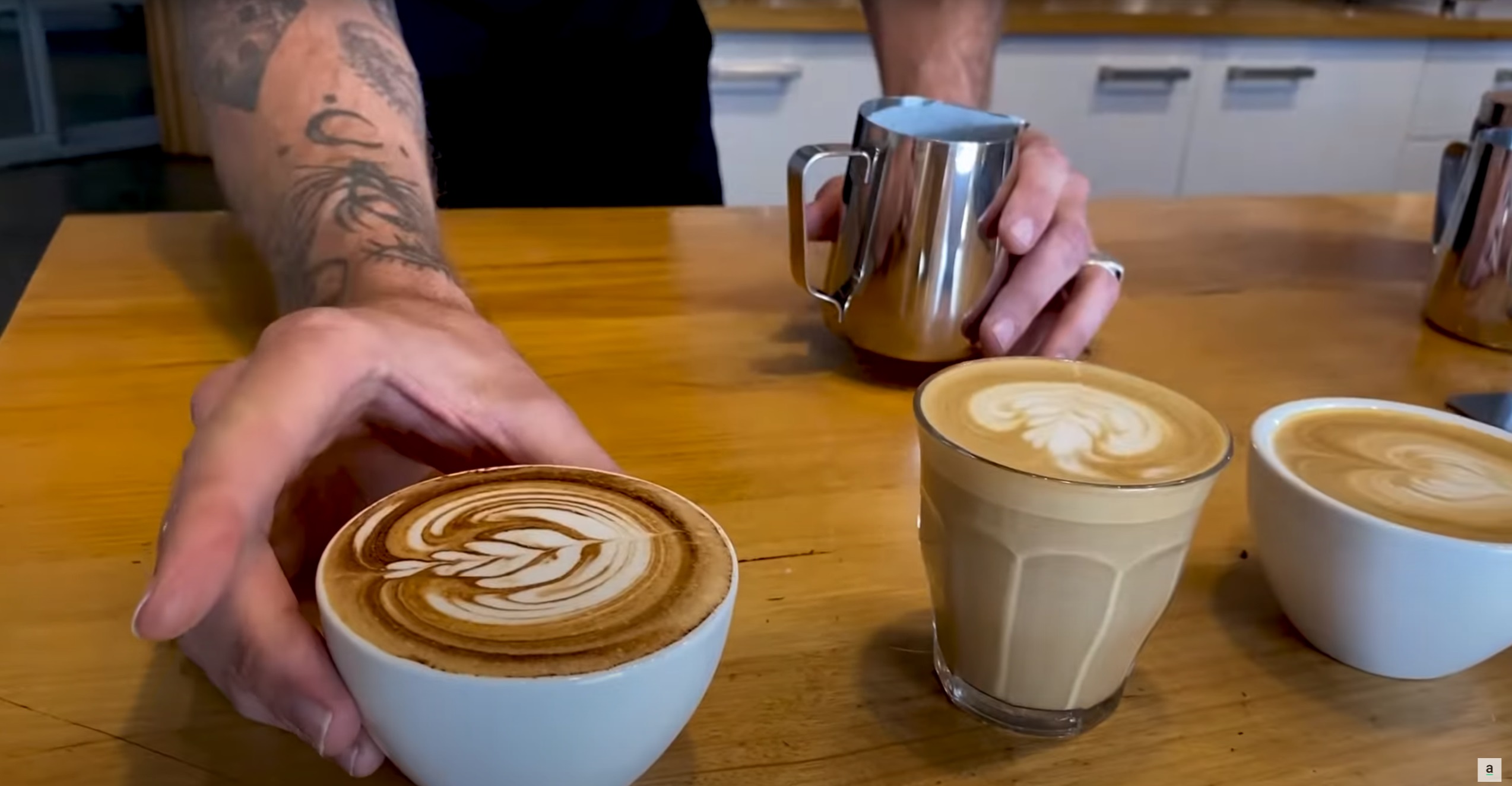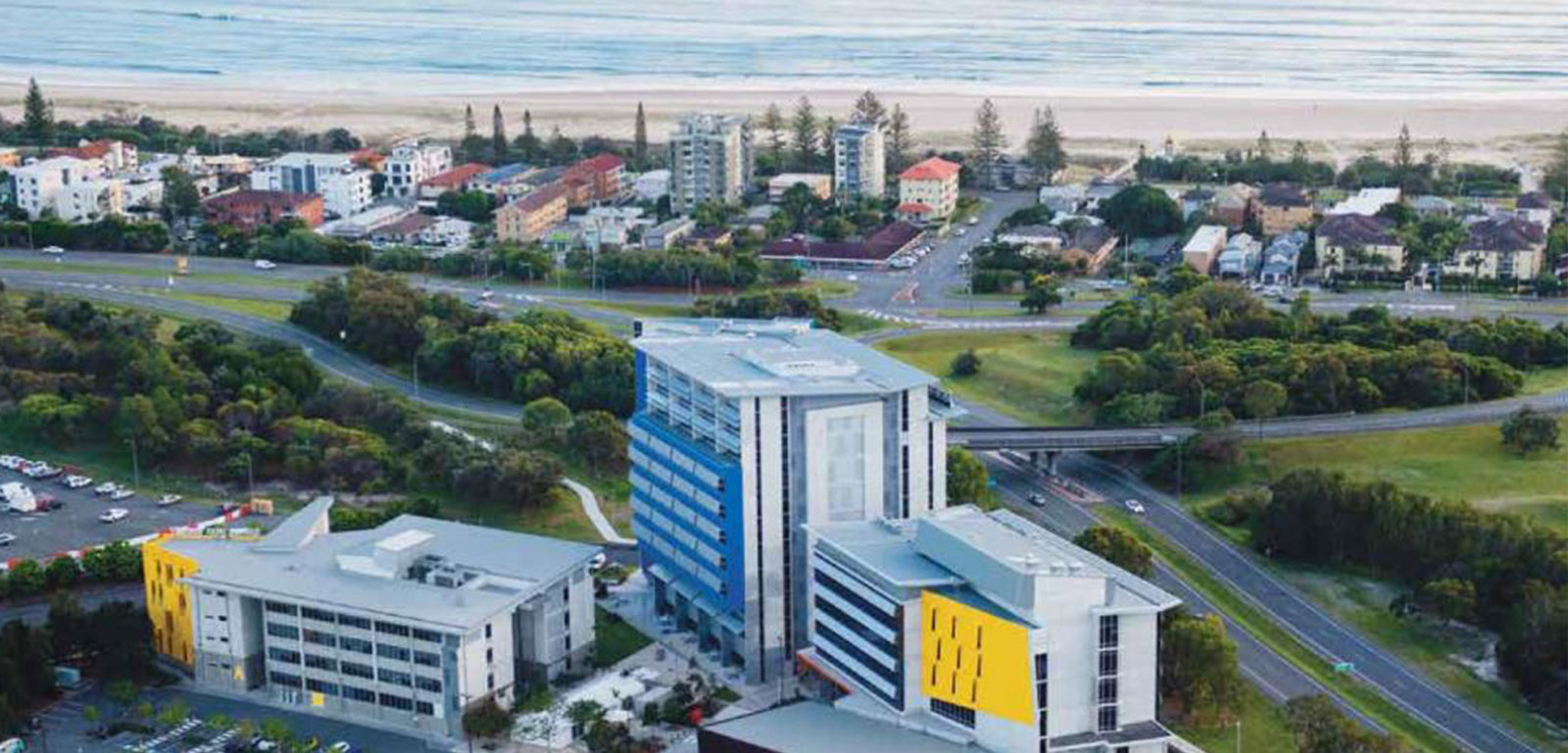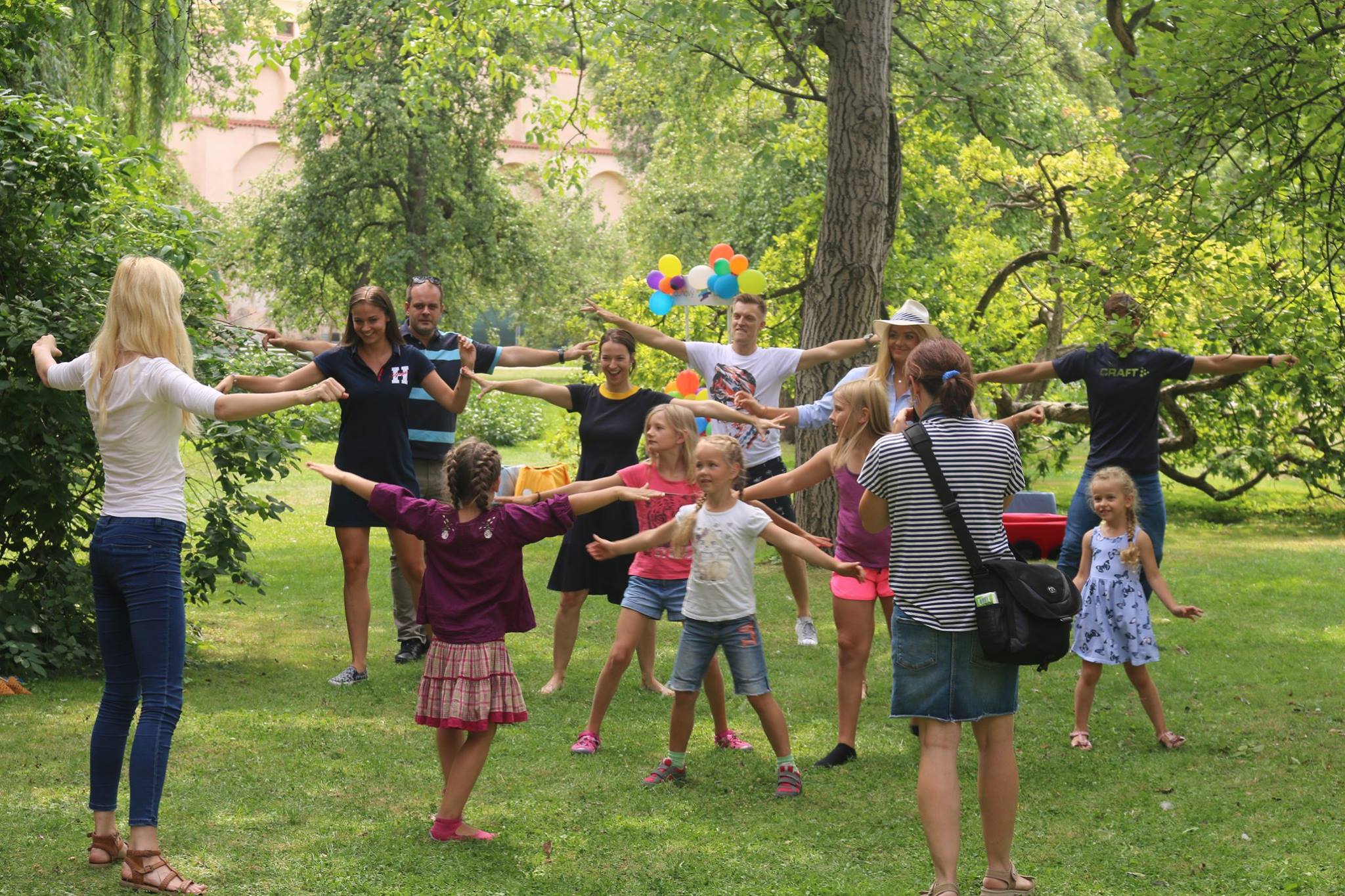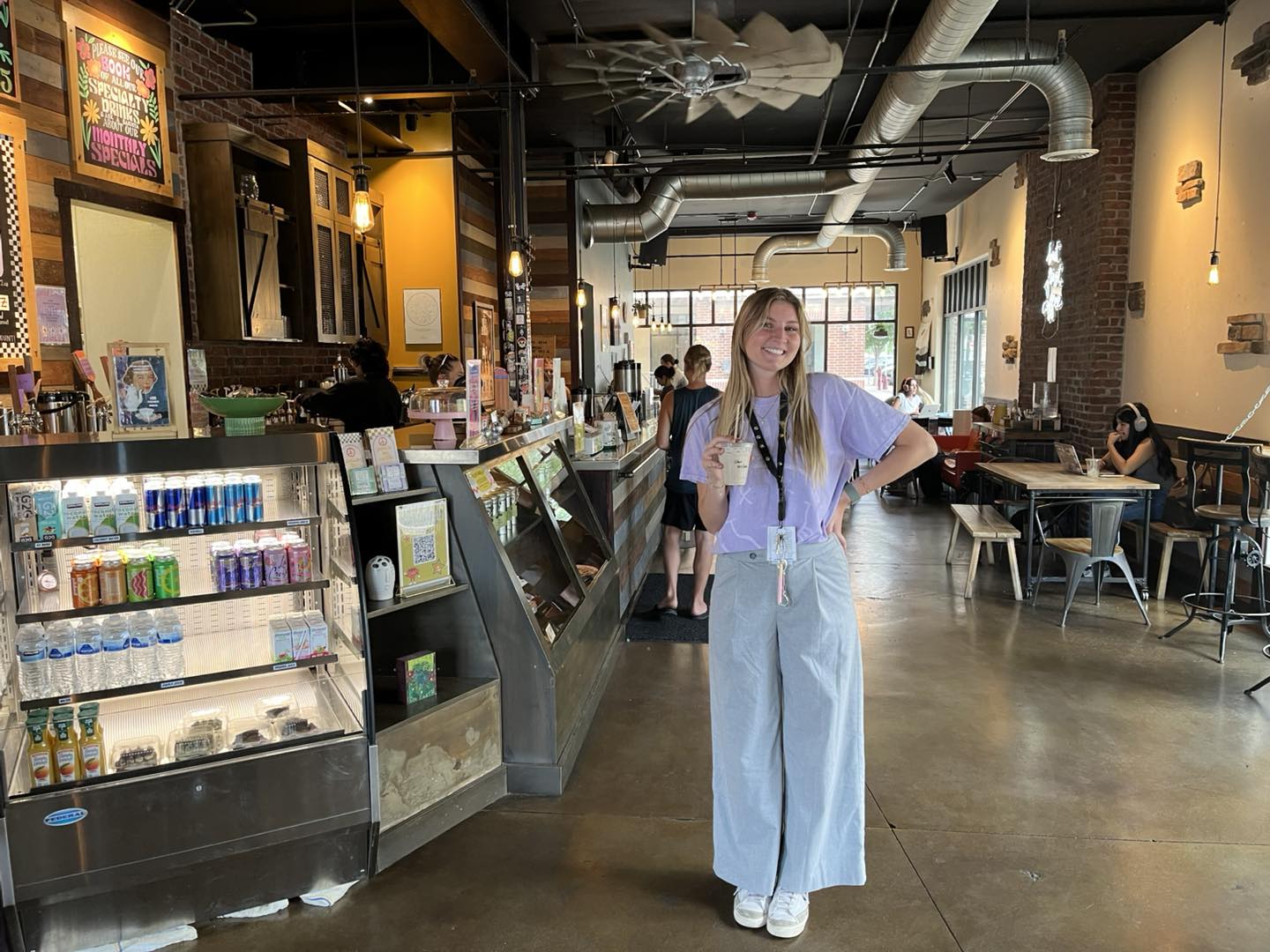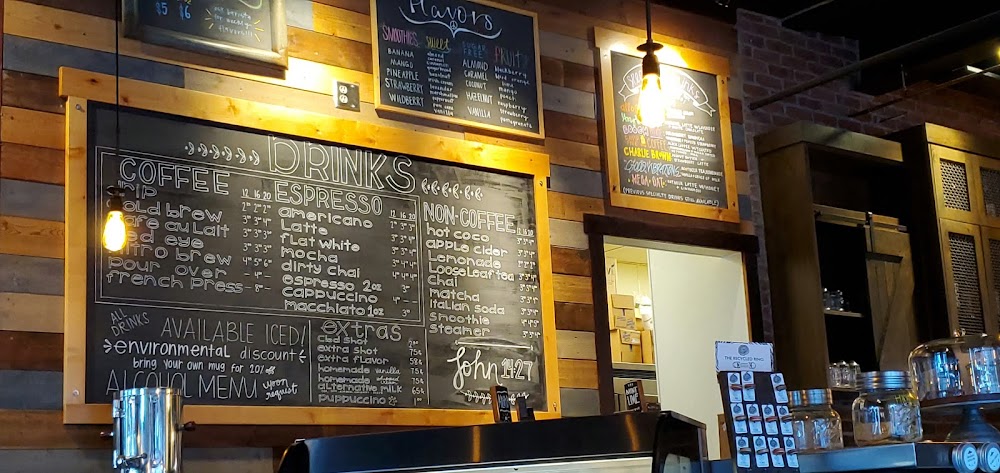Healthier Hot Chocolate Recipe (VGT, GF)
- Home Page 77

Banana Pancakes with Apple Topping
Net Position 2024: + $73,198,080
Facilities & Services Capital Projects
🚧 SUMMER CONSTRUCTION 2025 🏗️
The article’s live, the construction’s underway, but we’re just getting started. Stay tuned… 👀
🔗 —> https://t.co/VSBnIaCPdn pic.twitter.com/jdvIQwv33s
— University of Illinois Facilities & Services (@UofIFS) June 24, 2025
Standards Illinois (Non-Chicago)
Planting corn, eating tater-tot casserole, having a family date night in a John Deere tractor. If I had a busch light, this post might just explode from too much midwest. pic.twitter.com/q9VipUEgv4
— Brian (@BrianSanden8) May 2, 2024
Ted’s Cafe
Standards Illinois | Facilities Services
University of Illinois System Income Fund Report 2024: $1,570,964,077
Ted’s Café at the Beckman Institute
✅ Complete renovation
✅ Glass walls and welcoming décor
✅ New chef and menu
✅ New dining room
🩷 Ribbon cutting today!!! https://t.co/UeCuDtnSyi pic.twitter.com/tIwx6eroAo— Beckman Institute at Illinois (@BeckmanIllinois) September 10, 2025
Ted’s Café is the on-site café and dining hub at the Beckman Institute for Advanced Science and Technology on the University of Illinois Urbana-Champaign; designed as a casual, inviting space that fosters the institute’s spirit of interdisciplinary collaboration and serendipitous interactions.
Brasenose College Cold Brew
Selections from the Tatler, Spectator and Guardian
Legislation.gov.uk: Online Safety Act of 2023
Hope you are all excited for the Open Day on September 20th! Use the link here to check out what we have on at Brasenose, including when you can meet our wonderful tutors!https://t.co/7HdzEZmjxq@brasenosejcr @UniofOxford #OxOpenDays pic.twitter.com/QNWG2cFb2n
— Brasenose News (@BrasenoseNews) September 4, 2024
— JerichoCoffeeTraders (@JeriCoffTraders) June 29, 2017
We are back! Loving being back at the @EastOxMarket and our High Street café. Come and say hi! #coffeeoxford #independent #happynewyear pic.twitter.com/RRXcEkfABC
— JerichoCoffeeTraders (@JeriCoffTraders) January 7, 2017
How to Make the Three Most Popular Milk Coffees
In 2023, we finalised a seismic shift from the old semester-based #educationmodel to a revolutionary approach specifically designed to meet the needs and demands of today’s students and today’s world.
Read how the Southern Cross Model changed the game: https://t.co/KVFqr23sPf
— Southern Cross University (@SCUonline) December 19, 2023
Coffee Calendar
This content is accessible to paid subscribers. To view it please enter your password below or send mike@standardsmichigan.com a request for subscription details.
Bucolia 100
I hear it in the deep heart’s core.
— William Butler Yeats
Today we walk through literature governing the safety and sustainability of the open space features of education community estates. Unlike the titles for the building envelope, which are known to most design professionals and contractors, the standards for grounds and landscaping are widely scattered; many of them occupational safety related; created, administered and enforced by units of government.
Bucolia 100. We present a broad overview of the dominant standards catalogs incorporated by reference into public safety and sustainability legislation.
Bucolia 200. We drill into technical specifics of the titles in Bucolia 100.
Bucolia 400. We pick through case studies in landscape, garden, tree and water literature. We also track titles about the reclamation of building roofs for permeable surfaces and gardens.
During the winter months (Bucolia 200) in the northern hemisphere we include snow and ice management; while covering summer month technologies for southern hemisphere (and vice-versa). Snowfalls in the southern hemisphere are mainly contained to the highlands and mountain ranges, which are almost exclusively in Victoria and Southern New South Wales, as well as the mountains in Tasmania. Winter does not pose as much of a cost burden to education facilities in the southern hemisphere as it does in the northern hemisphere.
|
Landscape standards refer to guidelines or regulations that specify the requirements for the design, installation, and maintenance of outdoor spaces such as parks, gardens, streetscapes, and public spaces. Landscape standards typically cover various aspects of landscape design, including vegetation selection, planting arrangements, irrigation systems, hardscape materials, and lighting. These standards may be set by government agencies at the federal, state, or local level, or by professional organizations such as the American Society of Landscape Architects (ASLA). Landscape standards aim to ensure that outdoor spaces are safe, functional, and aesthetically pleasing while also promoting sustainability and environmental protection. Landscape standards may also address issues such as accessibility for people with disabilities, water conservation, stormwater management, and erosion control. They may vary depending on the specific location, climate, and intended use of the outdoor space. Compliance with landscape standards may be required for approval of development projects, public funding, or other permits. |
We track the standards catalog of two ANSI-accredited standards developers:
Tree Care Industry Association
Additional practice titles applicable to accessory systems:
ASABE/ICC 802 Landscape Irrigation Sprinkler and Emitter Standard
ASHRAE 90.1 Energy Standard for Sites and Buildings
Golf Course Superintendents Association of America
National Electrical Code: Article 411 Low-Voltage Lighting
National Electrical Code: Article 225: Outside Branch Circuits and Feeders
Illumination Engineering Society (Lighting Library)
Land F/X: Landscape Lighting, Codes, Guidelines and Techniques
OSHA Landscape and Horticultural Services
Sports Turf Managers Association
As a cross-cutting subjectSports Turf Managers Association ( involving soil and water and sun many other standards developers, and all levels of government, produce best practice literature for today’s topic. We’ll have a look at what’s moving among those.
To join us use the login credentials at the upper right of our home page.

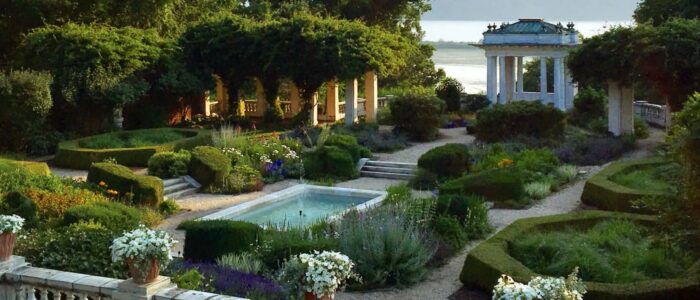
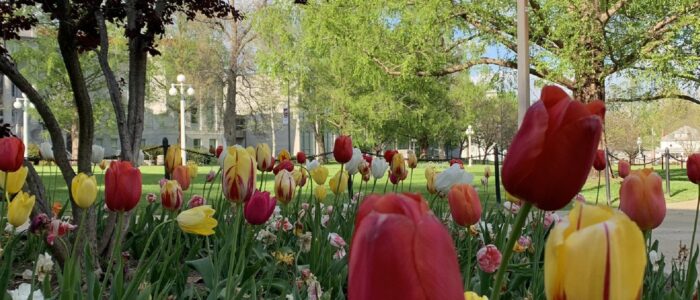
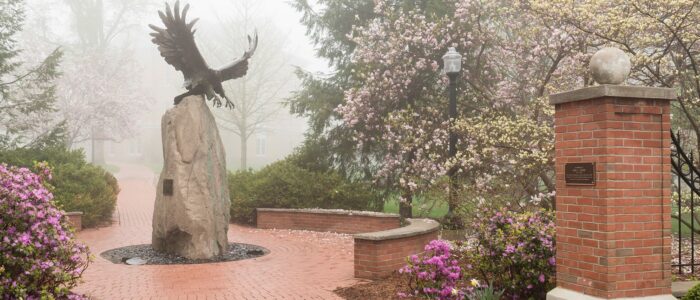
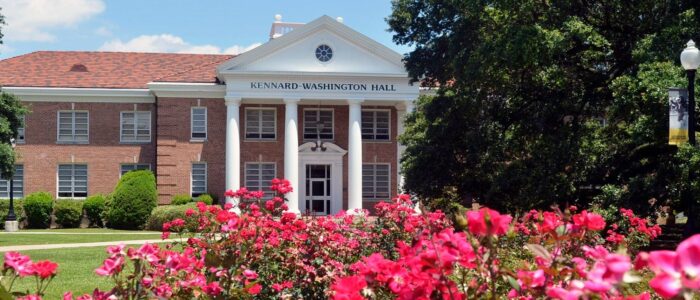
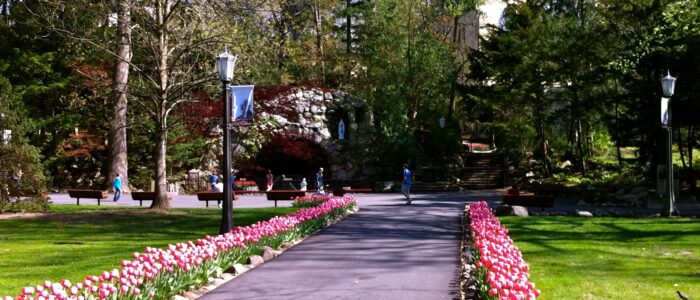
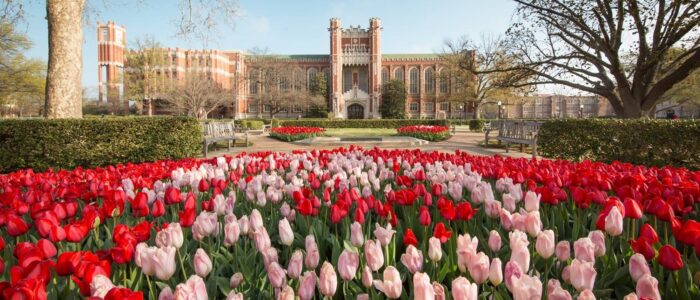
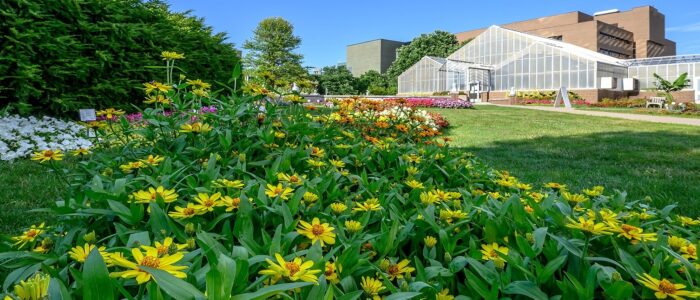
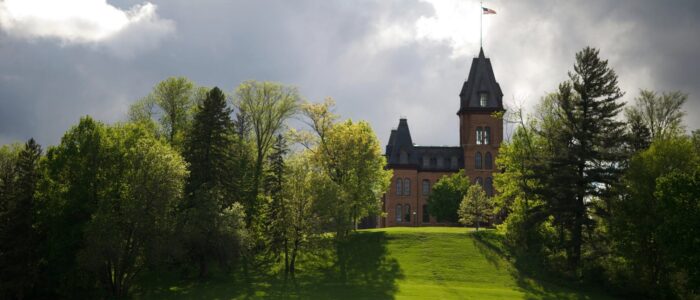
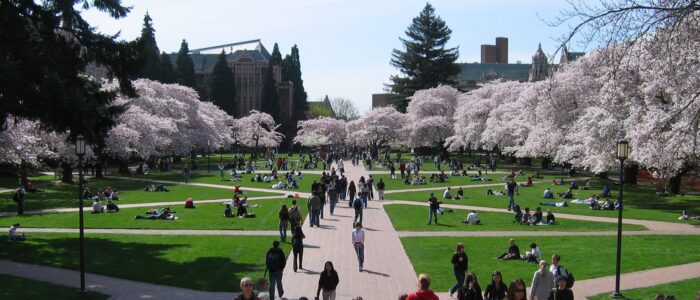
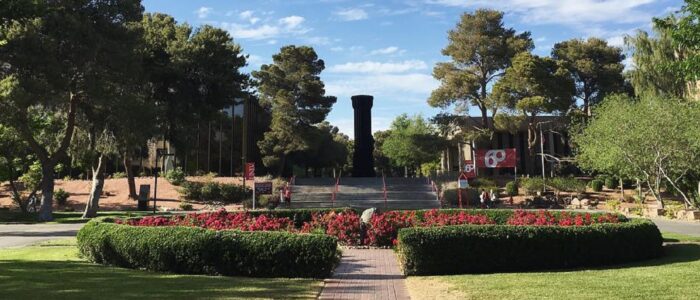

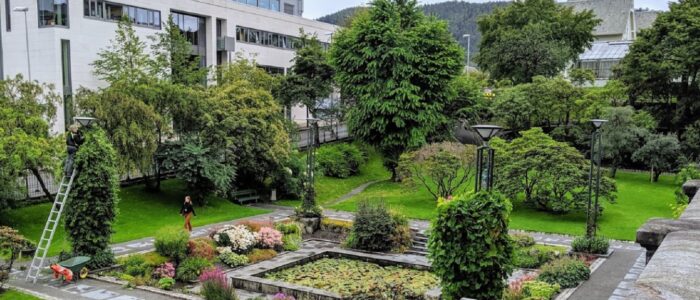
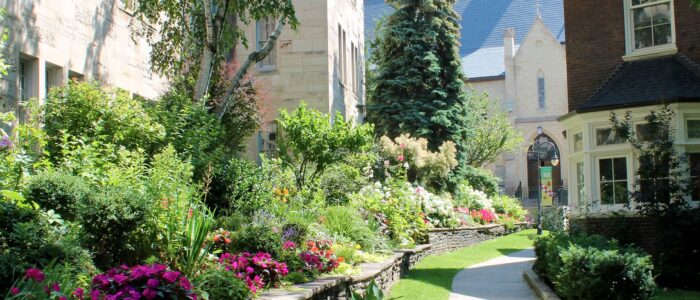
New update alert! The 2022 update to the Trademark Assignment Dataset is now available online. Find 1.29 million trademark assignments, involving 2.28 million unique trademark properties issued by the USPTO between March 1952 and January 2023: https://t.co/njrDAbSpwB pic.twitter.com/GkAXrHoQ9T
— USPTO (@uspto) July 13, 2023
Standards Michigan Group, LLC
2723 South State Street | Suite 150
Ann Arbor, MI 48104 USA
888-746-3670



